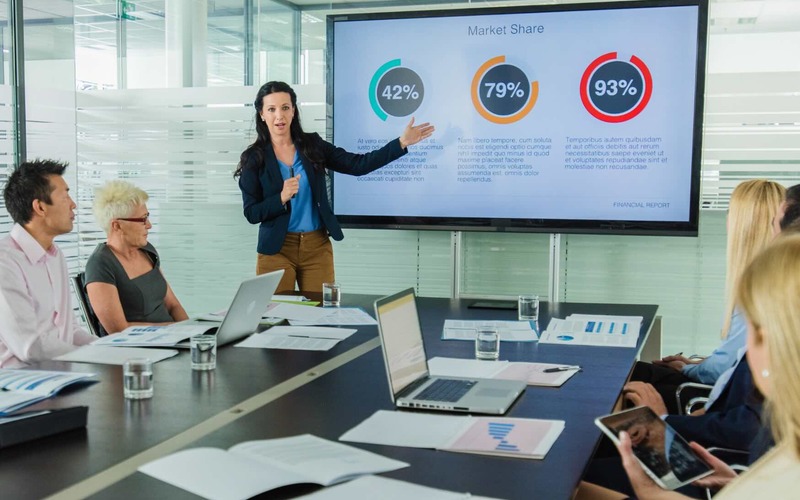How to prepare a presentation?

Preparation is the single most important part of making a successful presentation . This seems obvious, and yet too many speakers overlook good preparation. Too often they see 'preparation' as completing their slideshow. "Voilà, my PowerPoint is ready! I'm all prepared for Thursday's presentation." Unfortunately, nothing could be further from the truth.
This tip will change your life: start the preparation of your next presentation in a place where you don't have access to a computer. Start thinking, start talking. Go for a walk, drive around in the car, take a bath and think. What do I want to tell my audience? What ideas should they take home? What are my key messages?
There may be a maximum of three, but even an intelligent, highly educated audience will not remember more than three main points. Put those ideas down on paper first, not on your PC right away. Or even better: tell it to yourself out loud. You'll immediately hear which ideas sound good and which don't.
Churchill was right. Today we speak of the KISS principle: Keep It Short and Simple. That doesn't mean 'stupid'! But it does mean as concise and as clear as possible.
The basic structure for a good presentation is simple and classic. Start with a solid intro, develop a well-founded middle part and finish with a strong conclusion.
Another important tip: ask yourself the question "Is this information relevant to my audience?". Too often we want to give too much information, or we lose ourselves in details. This certainly applies to figures, tables and graphs. So focus on the core of your story and keep it simple.
Don't forget that an average audience can only remember a maximum of 3 key messages. Another reason to keep it Short & Simple.
Want to nail your next presentation? Download this e-book








